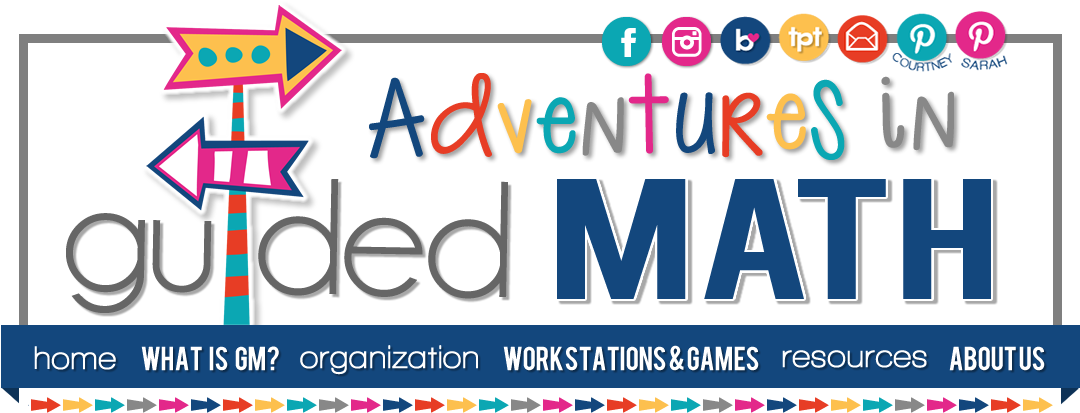Every year we explore fractions by folding wholes into parts (halves, thirds, and fourths) and talk about how each part represents a share of the whole, begin to use the language of fractions (halves, thirds, and fourths), and learn that two halves make up one whole (thirds and fourths as well). I decided to do this with my kids on Thursday and go a step further and use their folded wholes to create a piece of art. Below are directions, if you are interested in trying this with your students...
2nd Grade Fraction Masterpieces
- 4.5" square pieces of black construction paper, 4 for each student
- oil pastels
- 11" OR 11.5" square pieces of black paper (for mounting squares--depending on how much space you ant between and bordering the folded squares. I used 11" square pieces for mounting.
Step-by-Step Directions:
- Give each student four, 4.5" square black pieces of construction paper. Have students set one sheet on the corner of their desks. This piece will not get folded and represents a whole that has not been divided into parts.
- Have students fold the next piece from corner to corner (in half). They may fold it to create two rectangular parts or two triangular parts. Talks about the number of parts show after folding and opening the paper. This piece represents a whole divided into two parts, into halves.
- Have students fold the next piece to create three parts. You may want to mark this piece for students where the 1/3 fold will be and demonstrate folding. Talk about the number of parts shown after folding and opening the paper. This piece represents a whole divided into three parts, into thirds.
- Finally, have students fold the last piece to create four parts. They may fold it to create four square parts, four rectangular parts, or four triangular parts. Talk about the number of parts shown after folding and opening the paper. This piece represents a whole divided into four parts, into fourths.
- Then students use the fold lines to help guide them in coloring the parts of each piece different colors. Oils pastels work best because they do not smear like chalk pastels and the colors really pop on black paper.
Mounting:
- Fold each 11" or 11.5" square piece of black paper into fourths.
- Use double stick tape to mount each student's four pieces to the black paper, starting with the unfolded whole and ending with the whole divided into fourths.
- The fold lines will help guide you in mounting the squares an equal distance apart (from the fold lines).
Display!
AND, you will have engaged your students in an understanding of the following Common Core Standard for Mathematics:
CCSS.Math.Content.2.G.A.3
Partition (circles and) rectangles into two, three, or four equal shares, describe the shares using the words halves, thirds, half of, a third of, etc., and describe the whole as two halves, three thirds, four fourths. Recognize that equal shares of identical wholes need not have the same shape.
I can also see this same project done with wholes divided into more parts in addition to those shown (sixths and eighths). If you decide to try this project, I would love to hear how it turned out and what your kids thought of the experience.
Can't wait for the kids to surprise their parents with their masterpieces at open house this coming week and listen to what they tell their parents. Anticipating a lot of wonderful math talk!
Enjoy the rest of your weekend and the week ahead---






I absolutely love art with my math! This is a perfect activity for 2nd grade standards. Thank you for sharing this.
ReplyDeleteDaisy Fryer at Not Your Mother's Math Class
This is awesome! We're going to start fractions in a few weeks and I'm so going to do this with my students!. I love the art integration and the concepts of partitioning. Perfect match!
ReplyDeleteWhat I Have Learned